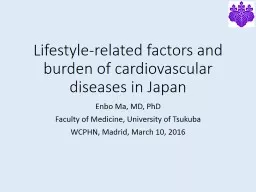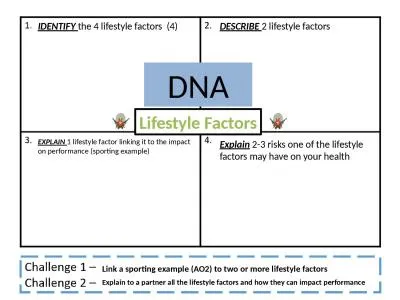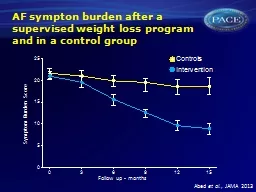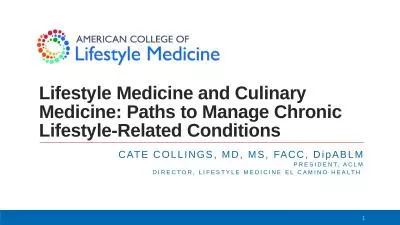PPT-Lifestyle-related factors and burden of cardiovascular dise
Author : celsa-spraggs | Published Date : 2017-04-07
Enbo Ma MD PhD Faculty of Medicine University of Tsukuba WCPHN Madrid March 10 2016 Ageing population Population in Sep 201 5 126876000 021 gt65y 33792000 27
Presentation Embed Code
Download Presentation
Download Presentation The PPT/PDF document "Lifestyle-related factors and burden of ..." is the property of its rightful owner. Permission is granted to download and print the materials on this website for personal, non-commercial use only, and to display it on your personal computer provided you do not modify the materials and that you retain all copyright notices contained in the materials. By downloading content from our website, you accept the terms of this agreement.
Lifestyle-related factors and burden of cardiovascular dise: Transcript
Download Rules Of Document
"Lifestyle-related factors and burden of cardiovascular dise"The content belongs to its owner. You may download and print it for personal use, without modification, and keep all copyright notices. By downloading, you agree to these terms.
Related Documents














